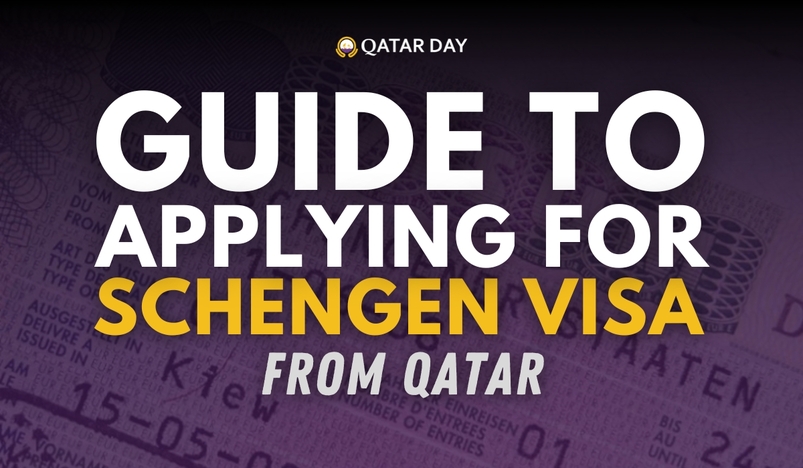
Planning a trip to Europe from Qatar? If your destination falls within the Schengen Area, you'll need a Schengen visa. Here's a step-by-step guide to understanding the process, the requirements, and the types of visas available.
The Schengen Area consists of 29 European countries that have agreed to eliminate internal border controls for seamless travel. Countries in the Schengen agreement include:
Austria, Belgium, Bulgaria, Croatia, Czech Republic, Denmark, Estonia, Finland, France, Germany, Greece, Hungary, Iceland, Italy, Latvia, Liechtenstein, Lithuania, Luxembourg, Malta, Netherlands, Norway, Poland, Portugal, Romania, Slovakia, Slovenia, Spain, Sweden, and Switzerland.
Important note: The Schengen Area is different from the European Union. Not all EU countries are in the Schengen Area, and some Schengen participants are not EU members.
Your visa type will depend on the purpose and duration of your stay. The most common visa categories are:
Type A (Airport Transit Visa): For transit passengers staying in the airport without entering Schengen territory.
Type C (Short Stay Visa): Allows stays of up to 90 days in the Schengen Area within a 180-day period. This visa can be single, double, or multiple-entry.
Limited Territorial Visa (LTV): Grants entry to specific Schengen countries but does not allow travel across the entire Schengen Area.
National Visa (Type D): Issued for long-term stays in a single country, often for work, study, or medical treatment exceeding 90 days.
To apply, ensure you have the following documents:
Valid Passport
Minimum validity: 3–6 months after visa expiry.
At least two blank pages.
Visa Application Form
Fill it online or via authorized visa centers like VFS Global.
Passport-Size Photos
Recent (within six months), white background, 70–80% face coverage.
Bank Statement
Demonstrates financial stability; minimum balance requirements vary by country and stay duration.
Travel Insurance
Coverage of at least €30,000.
Flight Reservation
Including return tickets.
Accommodation Proof
Hotel booking or alternative arrangements.
Visa Fees
Fees vary based on services and processing time.
Additional Documents
Depending on the purpose of your visit, such as invitation letters or proof of study/work.
For minors (under 18):
Determine the Visa Type
Identify the appropriate visa based on your travel purpose (tourism, business, study, etc.).
Select the Embassy or Consulate
Apply through the embassy of the main destination or the first country you plan to enter.
Complete the Application Form
Follow the sample form provided by the embassy or visa center to avoid errors.
Prepare Supporting Documents
Ensure all documents are accurate, up-to-date, and translated into the required language.
Book an Appointment
Schedule an appointment at the embassy or authorized visa center (e.g., VFS Global).
Attend Your Appointment
Submit your documents, pay the fees, and provide biometric data if required.
Who Can Apply for a Schengen Visa in Qatar?
Qatari Citizens
Residents of Qatar (with a valid residence permit)
Important Notes
With the right preparation, obtaining a Schengen visa is a straightforward process, opening the door to a world of European travel from Qatar. Start planning your journey today!
.jpg)
Qatar Secures Place Among the World's Top 10 Wealthiest Nations
.jpg)
Hamad International Airport Witnesses Record Increase in Passenger Traffic

Saudi Arabia: Any visa holder can now perform Umrah

What are Qatar's Labour Laws on Annual Leave?
Leave a comment